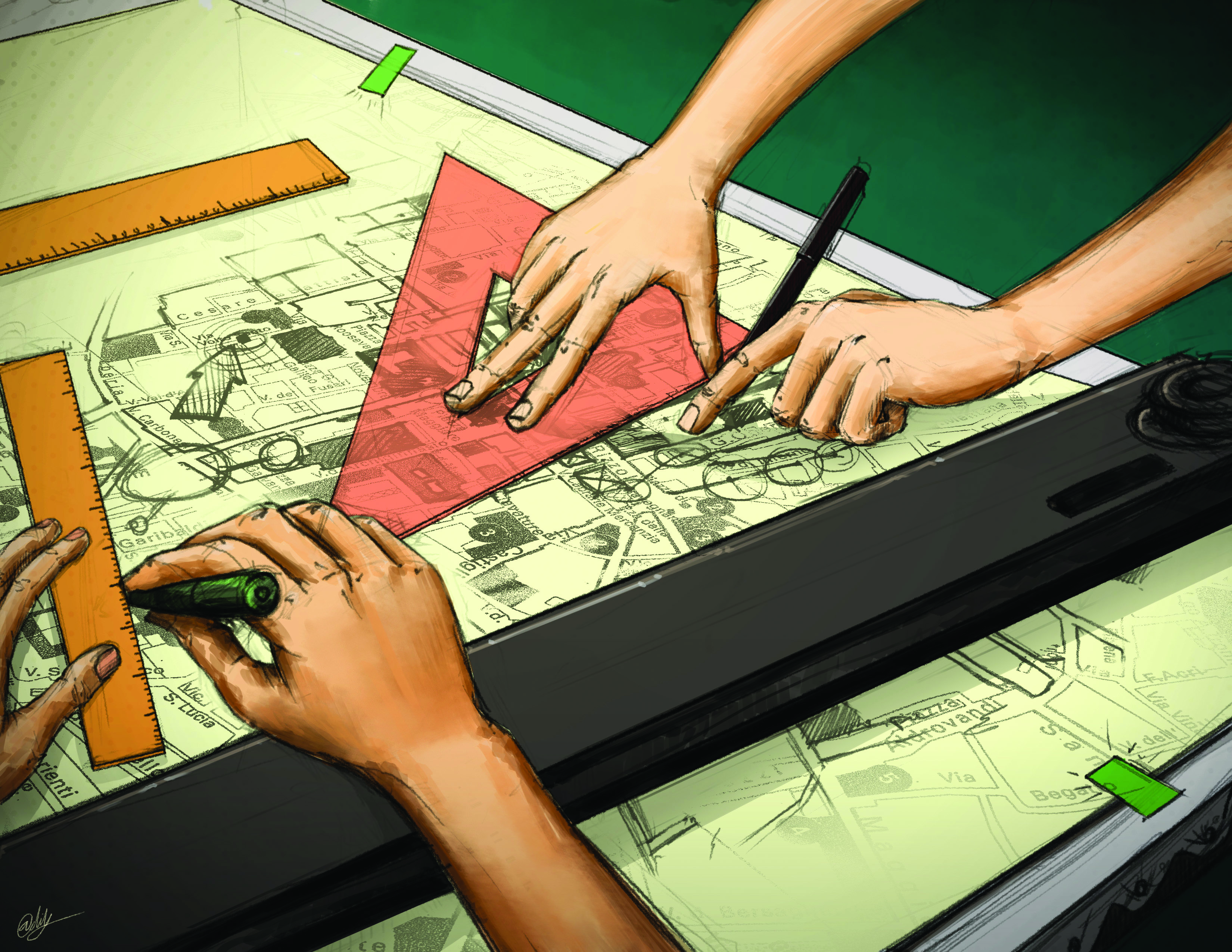On Thursday, Sept. 19, urban design professionals from around the world will gather at the University of Manitoba for a Visionary (re)Generation conversation. Panelists and audience members will discuss the question: “What should universities do for their cities?”
The panel is being held during the Winnipeg Design Festival (WDF), a five-day event promoting all things architecture and design in Winnipeg. The WDF was co-created by U of M alumni Sean Radford and Melissa McAlister.
During the festival, attendees will be able to participate in architecture tours, view films, listen to speakers, and more.
“It’s a reason to sort of go out into the city and participate in events that you would not normally attend, and there’s no cost. I know students are always on a tight budget, so that’s important to us,” said McAlister, co-curator of the WDF.
Michelle Richard, director of campus planning at the U of M, spoke to the Manitoban about the topic of the panel. She discussed the importance of university design concepts creating benchmarks for surrounding municipalities, something universities have not traditionally been a part of.
U of M president David Barnard listed some U of M landmarks that could be influential to the city.
“Recent and ongoing projects provide the building blocks for the creation of a living, learning, research, commercial, cultural, entertainment, and recreation hub that will be the envy of any community anywhere. These projects include Pembina Hall [Residence], ARTlab, Investors Group Field, the Active Living Centre, and the Taché Arts Project.”
The panel is being organized by the Visionary (re)Generation Open International Design Competition, an international contest to redesign the Fort Garry campus and the Southwood Lands.
In reference to the competition, Barnard stated, “Some of the world’s most accomplished urban thinkers will be re-imagining the University of Manitoba’s Fort Garry campus. The result will be a new campus plan that will offer a blueprint for a future-focused, people-centred hub.”
The Visionary (re)Generation competition has an emphasis on the growth and development of the campus over the next 20 to 25 years.
There are many developmental possibilities to the campus and areas nearby. Barnard listed benefits like forming “a new connection to the Red River [and] the opportunity to create additional river access, and develop a new front door to our campus to bridge the physical distance between the university and the city it serves.”
When the Winnipeg Transit’s rapid transit system is complete, students and staff will have the ability to move more efficiently between the campus and downtown Winnipeg.
Richard noted the collaborative nature of the project.
“[The competition is] using the winning team’s expertise, plus inviting participation from the whole campus community to look and refresh our perspective on things: such as built form, land use, design elements, movement and connectivity, infrastructure, and energy, all under an umbrella of sustainability,” said Richard.
Richard indicated the competition’s intention to build on the positive aspects of the campus and evolve the design, as opposed to creating an entirely new campus design.
Forty-five designers from around the world provided submissions to the competition. There are currently six designers in the running, with the final winner being announced on Nov. 4. On this day, the campus will hold an exhibition of the submissions.
Once the winner has been selected, a comprehensive process will begin to plan and renew the space. The competition is at the concept level, so the winning designer will be involved in the process of creating new master plans for both the campus and the Southwood Lands. The entire process will take about one year, with continued involvement from anyone who wishes to participate.
The Visionary re(Generation) panel will be held at 7 p.m. at Robert B. Schultz Lecture Theatre, with a public reception at 6:30 p.m. The event is free to attend.


